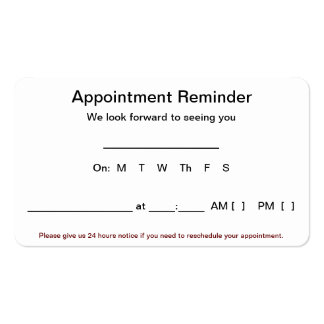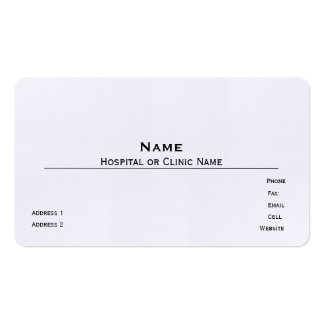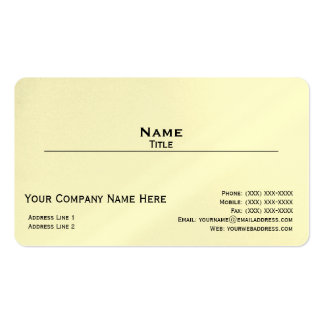The next big thing is here and it’s called Google RankBrain.
RankBrain is a machine-learning artificial intelligence (AI) system that is handling and processing a big portion of Google’s incoming search queries, and it’s poised to change search forever.
Until now, Google’s search queries have been sorted, processed and handled by algorithms like Hummingbird, Google’s well-known search system, and while RankBrain isn’t completely set to replace Hummingbird, it does present a series of important changes for how people search and are matched with relevant information.
What is RankBrain?
Like we mentioned, RankBrain is an AI system that is capable of learning from search patterns and adjusting itself to provide better results in the future. The system was introduced in early 2015 (although Google says its been rolled-out for a few months now) to handle the 15 percent of search queries that are totally foreign to the Google system. While 15 percent may not seem like much, it’s important to note that, since Google processes upward of three billion searches each day, 15 percent still amounts to about 450 million search queries each day that Google doesn’t recognize and was previously unable to adequately process.
Google’s hope is that RankBrain’s intelligent system will be able to better process complex, long-tail queries and interpret them better in order to offer better results for searchers. Since RankBrain learns as it goes, it’s likely that the new system will be able to discover patterns within complex and seemingly disjointed searches and distinguish the connection in order to present better search results.
Additionally, RankBrain is projected to be able to associate groups of searches with sets of results that it believes users will enjoy and find valuable. In addition to taking some work off of the hands of the Google engineers, it is obviously Google’s great hope that RankBrain will help create a more intuitive search experience.
RankBrain and Google Signals: The Intersection
When you type “How Google…” into Google, the first suggested result that pops up is “How Google works,” which is comical, because nobody quite seems to know. Throughout Google history, the way that Google ranks webpages in search indexes has been a big, muddy mystery that relies on hundreds of vaguely-defined “signals.” These signals include everything from keywords to the perceived quality of a page through the eyes of a search engine.
Until now, these signals have fed into a system called PageRank and, once they were processed, each page received a PageRank score that was used as one more signal to determine indexing position. From there, the complex web of signals was fed through the Hummingbird algorithm to make the final decision on which pages Google displayed prominently and which it didn’t.
Since the introduction of RankBrain, however, the signal system has become just a bit more complicated. Before RankBrain, Google often claimed to have more than 200 primary ranking signals that could be broken down into 10,000 sub-signals. RankBrain was introduced, however, and Google is now saying that RankBrain is the third most important ranking signal the search engine giant will rely on from now on.
Although Google won’t disclose the first and second ranking factors they rely upon, the fact that RankBrain is sitting comfortably at third indicates that this is a huge and very important development in the Google-verse.
How RankBrain can Help Google Refine its Search Experience
Until RankBrain came along, Google’s search queries were all ultimately handled by some Google engineer or SEO in an office somewhere. In addition to this being a huge amount of work for the engineers or SEOs in question, this system had limitations inherent within the database connections and list work it entailed. Although Google has long-since included automation within this process, it’s still difficult for any group of humans to process more than three billion daily searches.
With this in mind, RankBrain is here to leverage Google’s expertise about complex queries and to turn daily search into something new and exciting through consistent learning and a more streamlined SERP setup that offers users access to important information without requiring them to click through to a website. This is possibly one of the most exciting aspects of the RankBrain development — that users can now search information and be matched with correct pages without ever supplying by-the-book “correct” search terms.
For example, thanks to RankBrain, you can search “When was George Bush’s wife born?” and be met with a breakdown of the life and history of one-time First Lady Laura Bush without ever entering her name.

Results like this allow searchers to connect with more intuitive information more instantly without the added hassle of shifting through websites or navigating away from the search page.
The Future of RankBrain
While it’s impossible to know exactly where the Google Gods will take RankBrain in the future – one thing is for sure: RankBrain is big.
In addition to suddenly being the third-most important ranking signal for webpages, RankBrain is also handling a massive influx of daily searches, which means that the Google team obviously has a huge amount of confidence in the system as a whole. As the RankBrain update continues to roll out, there is hope far and wide that it will create a better search experience for Google users and a more intuitive search system for Google engineers. Additionally, RankBrain is posed perfectly to adapt to coming technologies like Voice Search. While the future of Google’s various developments is notoriously difficult to predict, we can bet that RankBrain is something we will be hearing a whole lot more about in the near future.










No comments:
Post a Comment